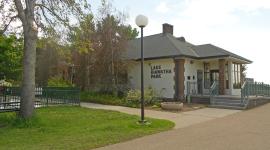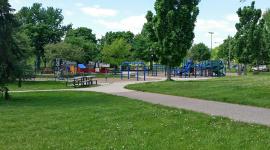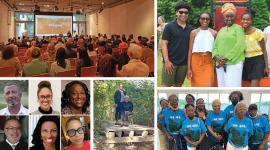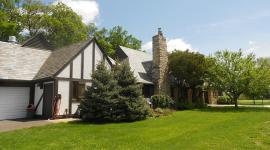A Stunning Development Derails the Hiawatha Golf Club Redesign … For Now
The Minneapolis Park and Recreation Board’s (MPRB) third attempt to redesign the historic eighteen-hole Hiawatha Golf Club as a nine-hole course was dealt a major setback during an at times contentious six-and-one-half-hour MPRB meeting on April 6. The redesign was twice voted down in 2021; since then, seven of the nine MPRB members had been replaced and several of the new members had specifically campaigned on passing the nine-hole redesign. The evening laid bare concerns about racial equity, environmental issues, and the optics of a nearly all-White MPRB deciding the future of the historically significant course, which has particular significance to Black golfers.
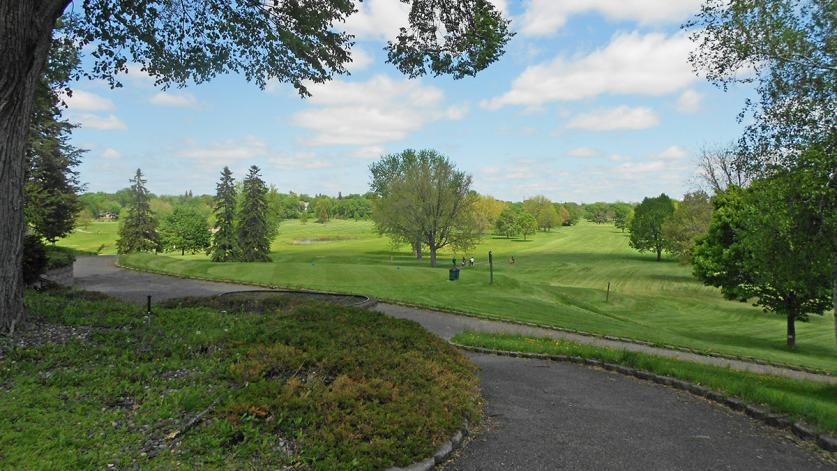
The Cultural Landscape Foundation (TCLF) enrolled the site as a Landslide nationally significant cultural landscape that is threatened and at risk on March 1, 2022. TCLF noted that the site, which is eligible for listing in the National Register of Historic Places as part of a larger historic district, would likely be subject to a review pursuant to Section 106 of the National Historic Preservation Act, which could substantially impact the nine-hole redesign, should that pass.
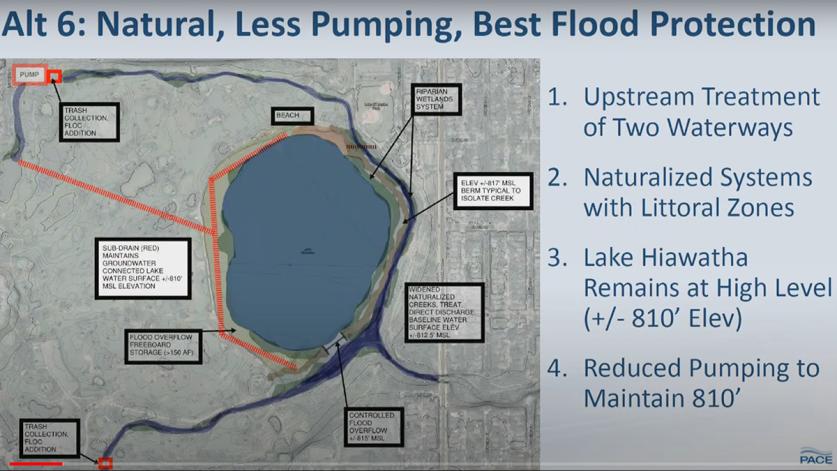
At the meeting, MPRB President Meg Forney allotted time for Darwin Dean, President of the Bronze Foundation, which promotes golf and hosts a major tournament at the site, hydrologist Andy Komor, Vice President, Environmental Water Division, at Pacific Advanced Civil Engineering (PACE), and other Hiawatha advocates to present a concept that would address flooding on the course and in the adjacent neighborhood, a chief concern of the board and residents. The invitation stemmed from a March 17, 2022, meeting with President Forney, Mr. Dean, Mr. Komor, and other course advocates including TCLF.
The first to speak was Judge (ret.) LaJune Lange who asked the board not to erase history by approving the redesign. Mr. Dean repeated his wish to work with the MPRB to address the flooding concerns and retain the eighteen-hole design. Landscape architect Tom Oslund asked the park board to delay any vote on the redesign for three months and announced that he was heading a team including golfer and golf course designer Tom Lehman that would come up with an alternative.

The floor was finally open to the hydrologist Mr. Komor, a California-based Minneapolis native and avid golfer, to present a concept that in his opinion would address the flooding and retain the historic eighteen-hole design. He noted that he was offering his opinion as a volunteer, and while licensed in California and other states, his licensure in Minnesota was pending. Mr. Komor said the concept he was presenting would preserve Lake Hiawatha, offer protection from a 100-year flood, and promote biodiversity.
His presentation was put on pause for the regularly scheduled “Open Time” during which members of the public have up to three minutes to comment on matters before the board. Usually limited to fifteen minutes total, President Forney allowed only one minute per person because 52 people had registered to speak. Most of the comments concerned the nine-hole redesign, and most of the speakers, including a representative from the local Sierra Club, advocated in its favor.
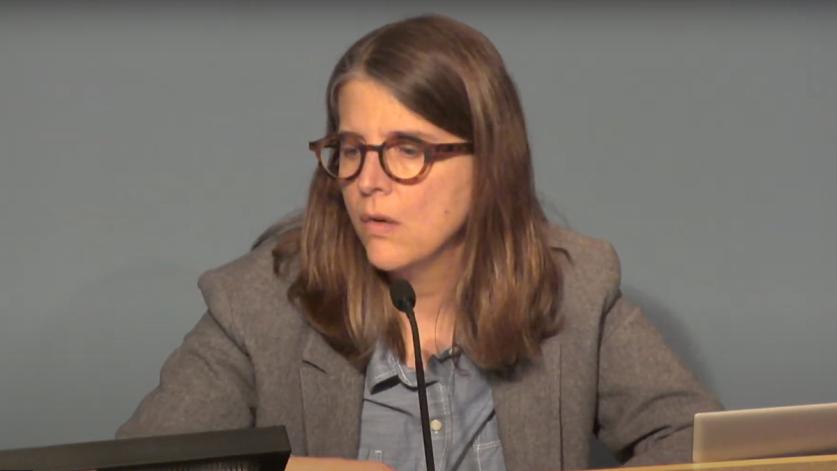
When Mr. Dean, Mr. Komor and team ultimately finished their presentation, the floor was opened to questions from the commissioners. The first to speak was newly elected Commissioner Cathy Abene, who went to engineering school with Mr. Komor. She opened by saying Mr. Komor’s presentation was in violation of state statutes because he was practicing engineering in the state without a license. Commissioner Abene also said that the concept was not a good design and, while it may be a solution, it would be nearly impossible to permit. Mr. Komor countered that he was appearing as a volunteer to give his opinion, a position supported by two attorneys he had consulted, and that he didn’t represent himself as an engineer licensed in Minnesota. Later in the proceedings Mr. Dean referenced that none of the current employees of the Seattle, WA-based landscape architects which generated the MPRBB’s nine-hole redesign were listed as being licensed in the state of Minnesota.
Newly elected commissioner at large Tom Olsen, who at an earlier hearing said he wanted no golf at the site, said the Komor concept was “not a compromise” and called it “half baked.” He said the concept ignored years of previous testimony and elections and the fact that the MPRB would even have the meeting “does not sit well with me.” By contrast, MPRB Vice President Alicia D. Smith, the only Black board member, said, “a lot of us are missing the mark in terms of the historic significance of the Black community which often times is neglected. And, I understand that because we live in … a White supremacist society that says Black people are less than.”
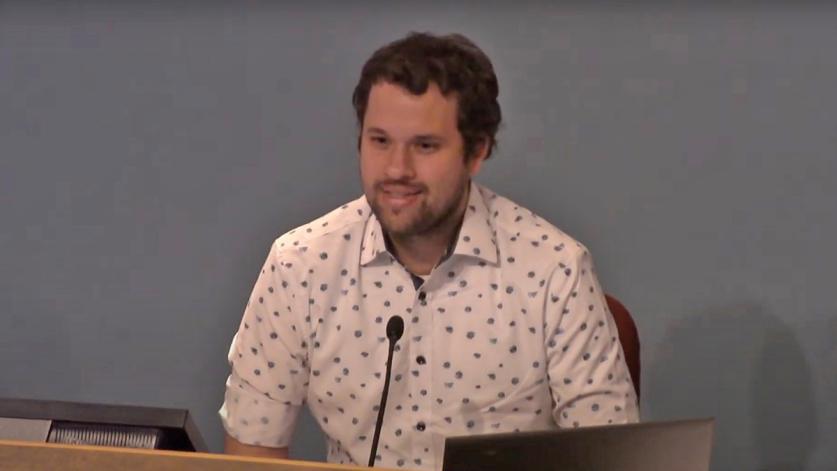
Newly elected Commissioner Becka Thompson offered a motion to delay a proposed hearing on April 20, when the MPRB was expected to vote on the nine-hole redesign, until at least August, because of the historic significance of the site, the implications of a potential Section 106 review, and to allow time for development of an alternative to the MPRB’s proposed redesign. She discussed how White privilege has affected the debate (which she detailed in a subsequent opinion piece in the Minneapolis Star Tribune). For example, she noted that members of the Community Advisory Committee that had input into the planning process were appointed by MPRB commissioners and other officials.
Commissioner Abene countered that the concept presented did not have “any path forward,” had “no viability,” adding “it’s not even questionable whether or not that was a violation of state statute for that [presentation by Mr. Komor] to occur.” She also said Section 106, which she mischaracterized as “environmental permitting,” was “the least of our problems.”
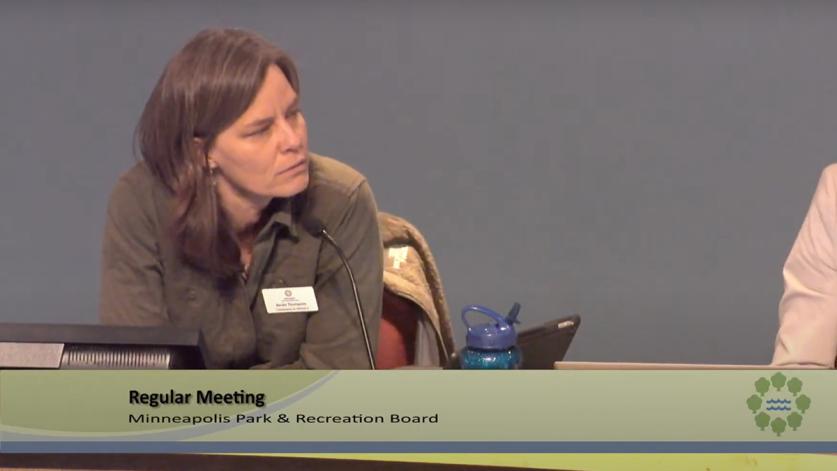
Commissioner Olsen asked whether Hiawatha was the first golf course to allow Black golfers to play in Minnesota or Minneapolis. He added, “what’s the true history of Hiawatha?” Minutes later he noted that 77% of golfers are male, the average age is 54, 72% are White, and nationally under three percent of golfers are Black. He then said that to start golfing as a child it could cost between $800 and $3000, and yearly costs could range between $500 and $2000, depending on how much one plays. He said a nine-hole course would be adequate and that “while it may or may not be the first golf course to allow Black residents to play, it wasn’t the last.” Commissioner Olsen continued, “all golf … is incredibly detrimental to our environment.” In arguing that eight years have been spent on resolving flooding problems at Hiawatha, he said the MPRB should not delay a vote for a plan that’s “potentially greener.”
Commissioner Steffanie Musich, an MPRB member since 2014 and the person spearheading the nine-hole redesign for years, said the community had been heard, hence the compromise for nine holes rather than no holes. Seemingly exasperated, she declared that she would not support a delay.
Two new commissioners, Billy Menz and Elizabeth Schaeffer, supported a delay. Commissioner Menz noted, to Commissioner Olsen’s point, we don’t know the full history of Hiawatha. He went on to say that the nine-hole redesign is a “very good plan” for a “defined compromise,” but that it’s a “White-defined compromise, so how do we figure out what is the new compromise?” Commissioner Schaeffer said a delay and consideration of an alternate concept could ultimately strengthen the MPRB’s final vote, as it could demonstrate to potential funders that the MPRB had done their due diligence. She added that she didn’t want to regret such a consequential decision so early in her four-year tenure.
The motion failed in a four-four vote (one of the commissioners was not present).
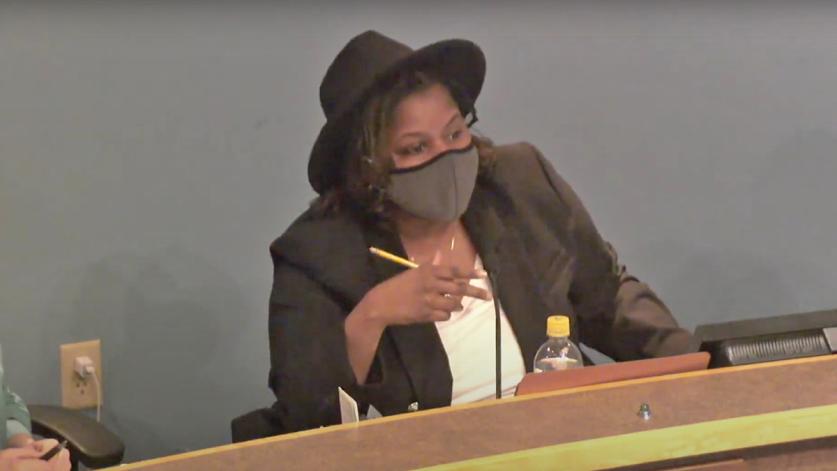
Commissioner Thompson asked the MPRB counsel what would happen if the nine-hole plan passed and was subject to a Section 106 review. He acknowledged that it was a “very realistic possibility.” He went on to say that after the Minneapolis Star Tribune column about TCLF’s Landslide designation he received a call from a city official who’d been involved in the Peavey Plaza 106 reviews, in which TCLF played a key role. The official said the review process was very time consuming and that at Peavey Plaza it fundamentally altered the plans the city had originally proposed for the site.
The MPRB counsel continued, “I would say that the early indications from a national organization [TCLF] that has had an intervention on 106, it’s as significant a … potential issue that I think the board should consider.” He added, “people … raise flags a lot of times, this was a fairly serious flag that was raised … otherwise I don’t think I would have gotten a call from another city person who has dealt with this … I wouldn’t dismiss it.” A few minutes later, the vote was held on a motion to hold a hearing on April 20, 2022, at which a vote would be taken on whether to approve the nine-hole redesign.
This, too, failed to move forward on a four-four vote. President Forney, who supports the nine-hole design, said “we’re back to square one.” Commissioner Musich walked out of the room.
It's unclear whether efforts will be made to resurrect the nine-hole plan. For now, the Hiawatha Golf Club remains an eighteen-hole course, but the flooding remains a certain and unresolved problem.





